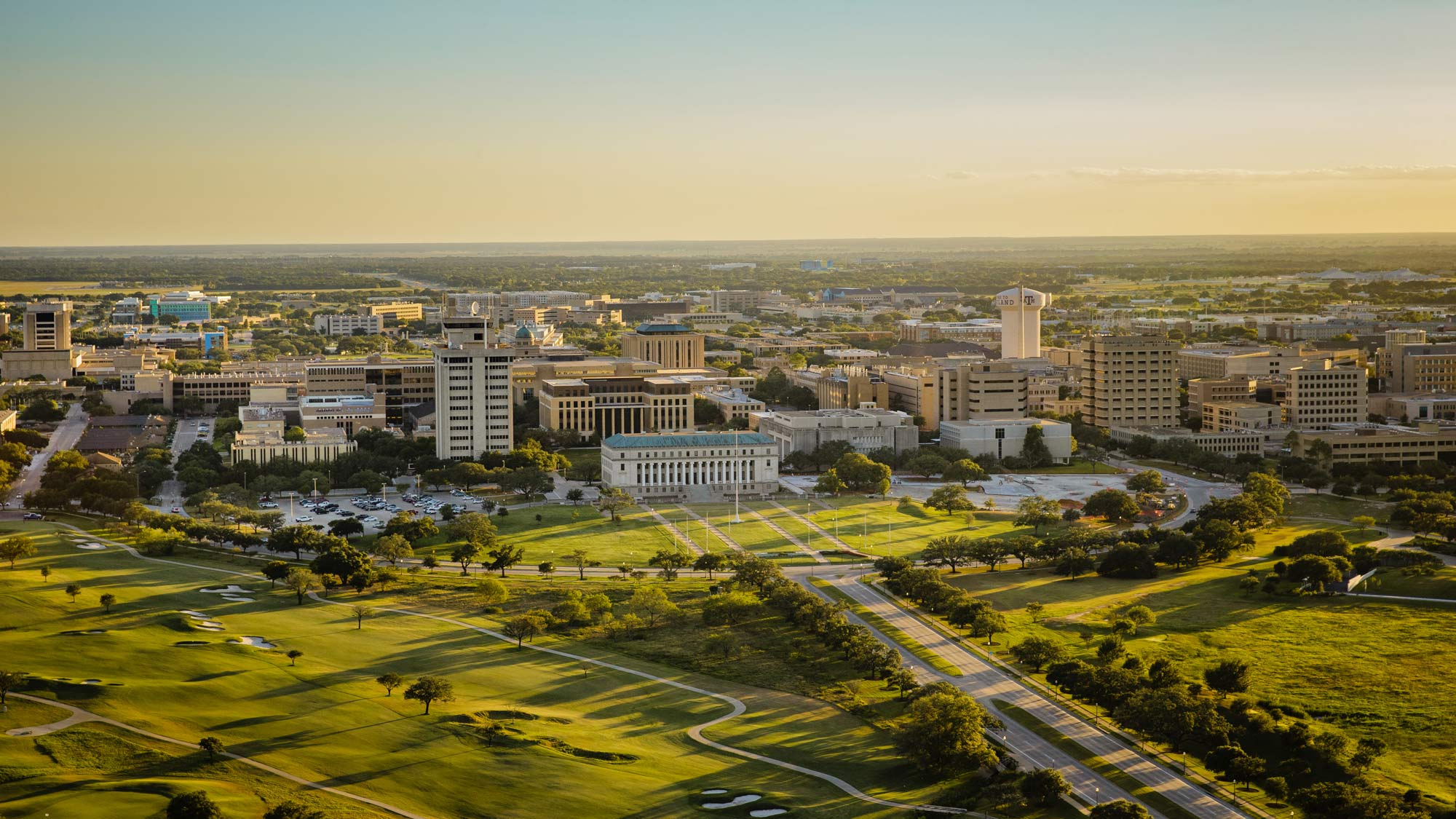
Houston Chronicle
How dogs across the U.S are helping scientists find ways for humans to live longer, healthier lives
 Houston Chronicle • Jun 19, 2025
Houston Chronicle • Jun 19, 2025Scientists working for the Dog Aging Project, which received its initial grants in 2018, have been studying whether a drug that has been linked to increased life span in smaller organisms, can increase the amount of healthy years a dog lives, said Jake Ryaves, Dog Aging Project intern at Texas A&M University. If the drug, rapamycin, can help dogs, there’s a chance it could help humans too.
Mosquitoes torture Houston. An A&M scientist gleefully returns the favor
 Houston Chronicle • Jun 4, 2025
Houston Chronicle • Jun 4, 2025There will be blood. A Texas A&M scientist experiments with gene editing to control deadly mosquito populations — and finds poking them under the microscope oddly satisfying.
Texas A&M scientist partners with Saudi Arabia on pioneering cell therapy trials
 Houston Chronicle • May 30, 2025
Houston Chronicle • May 30, 2025A Texas A&M University professor has inked America’s first ever agreement for medical clinical trials with Saudi Arabia, advancing research on potentially groundbreaking cell therapies to treat aplastic anemia, ALS and other diseases.
New sea turtle hospital at Texas A&M’s Galveston campus will also be a museum
 Houston Chronicle • May 29, 2025
Houston Chronicle • May 29, 2025Texas A&M University will construct a new sea turtle rehabilitation hospital at its Galveston campus — and it will be open around 2027 for visitors to meet “turtle ambassadors” and watch conservationists at work.
A&M Chancellor John Sharp reflects on legacy as he is set to retire: ‘We ain’t nobody’s little brother anymore’
 Houston Chronicle • May 24, 2025
Houston Chronicle • May 24, 2025When John Sharp retires next month, he says he will count the RELLIS campus as one of his defining achievements from his 14 years at the head of the Texas A&M System. During that time, the network of 11 universities, eight state agencies and a health science center grew into one of the biggest public research and development arms in the country — and A&M supporters say Sharp cemented himself as one of the most transformative chancellors in the system’s history.
Houston-based Venus Aerospace achieves ‘world first’ during rocket engine test for high-speed plane
 Houston Chronicle • May 23, 2025
Houston Chronicle • May 23, 2025“It was an actual flight test, so it's an operationalization of this idea,” said Rodney Bowersox, associate dean for research at Texas A&M University who specializes in hypersonic flight. “People have been studying rotating detonation engines for a very long time.”
Texas measles cases drop, but state must stay vigilant to prevent resurgence, experts say
 Houston Chronicle • May 14, 2025
Houston Chronicle • May 14, 2025“It remains a tenuous situation,” said Rebecca Fischer, an assistant professor in the department of epidemiology and biostatistics at the Texas A&M University School of Public Health. “We can be quite hopeful, but much of measles transmission is up to personal choice and personal behaviors.”
"Common freshwater turtles typically begin mating between March and July," said Dr. Danielle Walkup, a research assistant professor at the Texas A&M Natural Resources Institute, in a Texas A&M AgriLife news release. "Later in the spring and early summer, they'll start moving and searching for a good nesting place."
Is it safe to eat fish caught in Buffalo Bayou? Here’s what experts say.
 Houston Chronicle • Apr 13, 2025
Houston Chronicle • Apr 13, 2025Those who fish in Buffalo Bayou can also assume that larger fish have accumulated more toxins in their tissue over time, said Professor Haitham Mohammed, with Texas A&M University's Department of Rangeland, Wildlife and Fisheries Management. Smaller fish seen in the bayou are likely younger and therefore have less toxins than bigger fish, he said.
Ted Cruz’s 5G push risks interference with military operations, experts warn
 Houston Chronicle • Mar 10, 2025
Houston Chronicle • Mar 10, 2025"This is just hard stuff here that defies quick solutions," said John Sherman, a former chief information officer at the Defense Department and the current dean of the Bush School of Government and Public Service at Texas A&M University. "If you rush through this, something on the national security side is going to potentially get impacted. We don’t want to put our service members in harm’s way."
